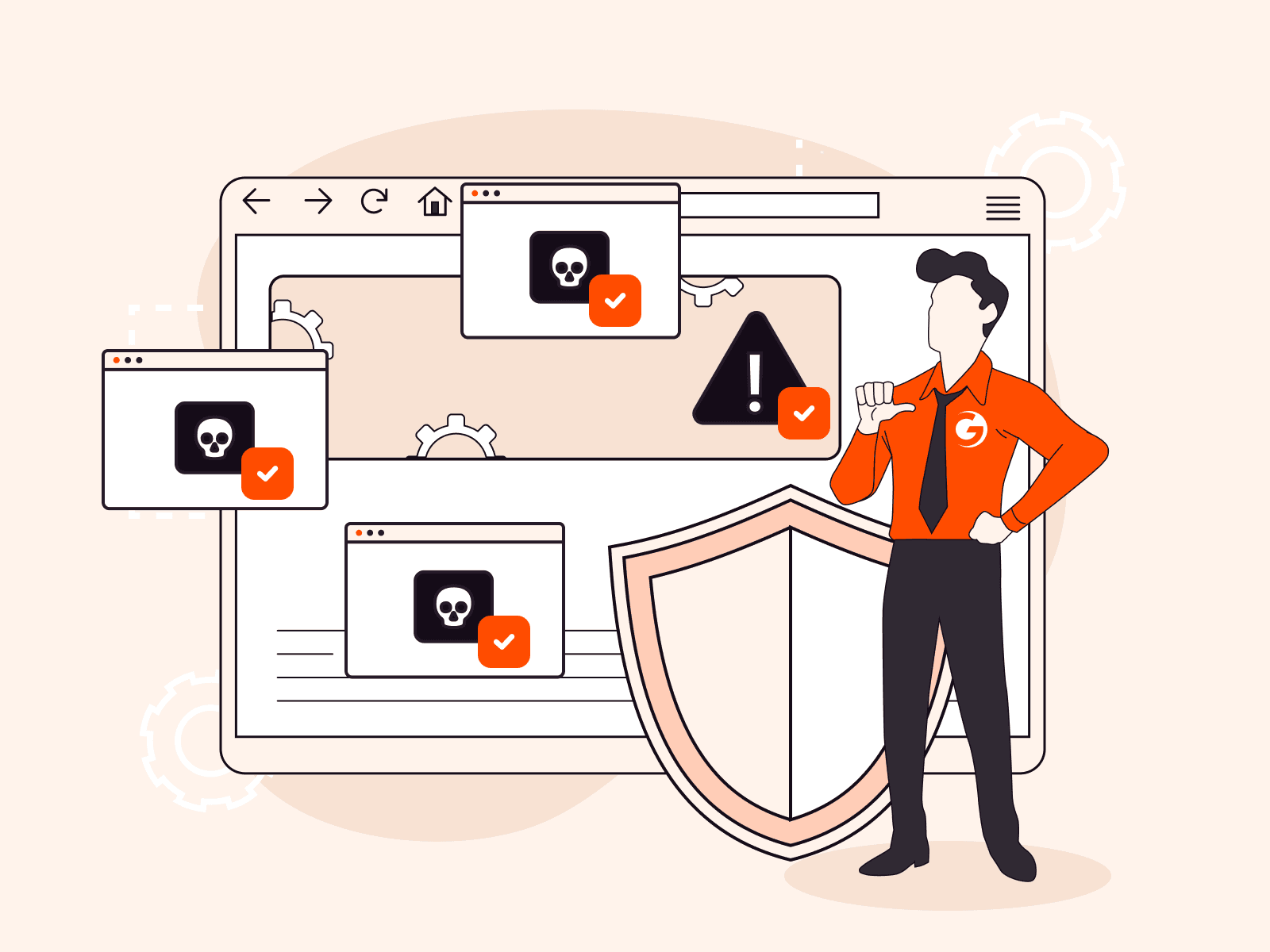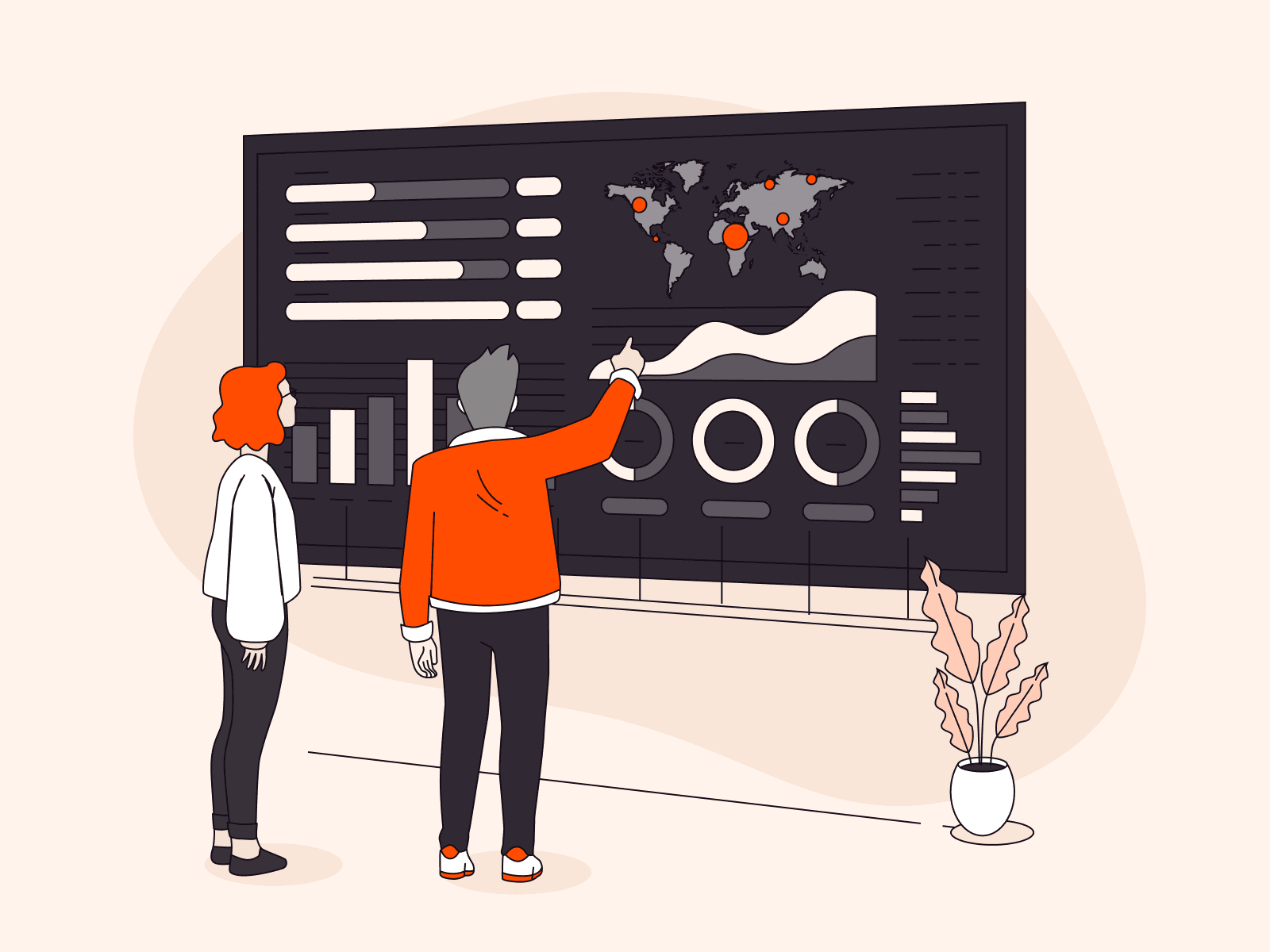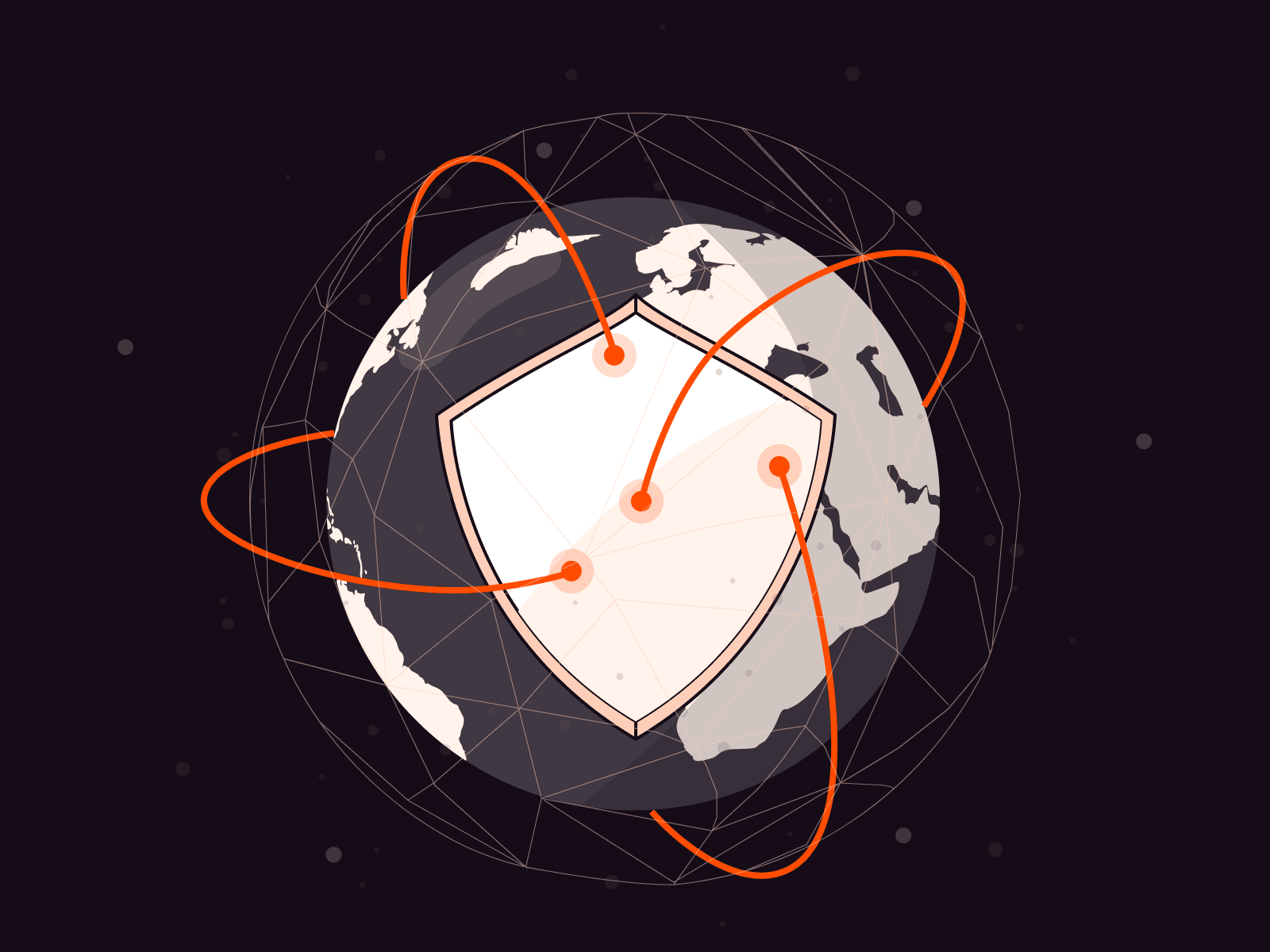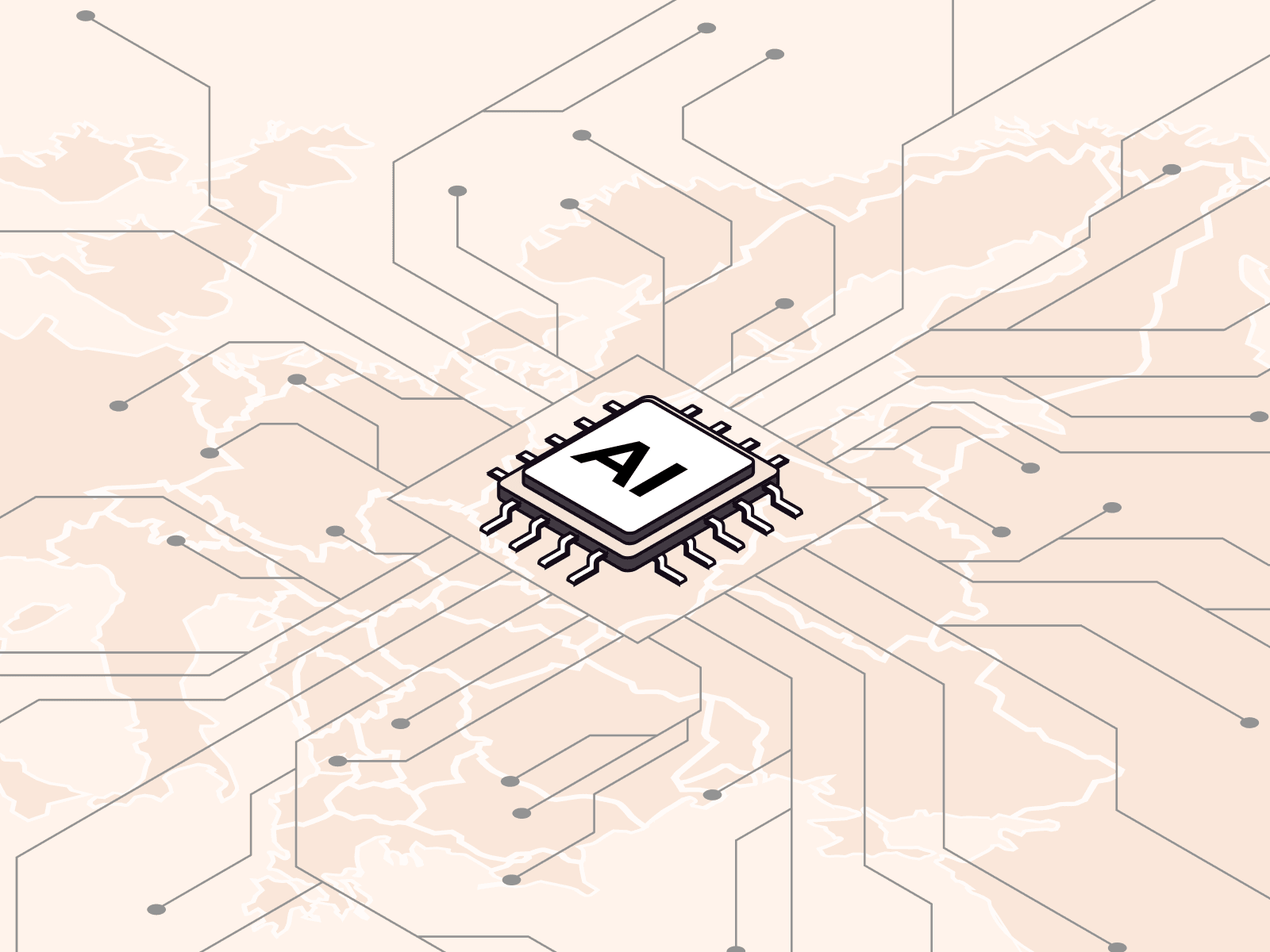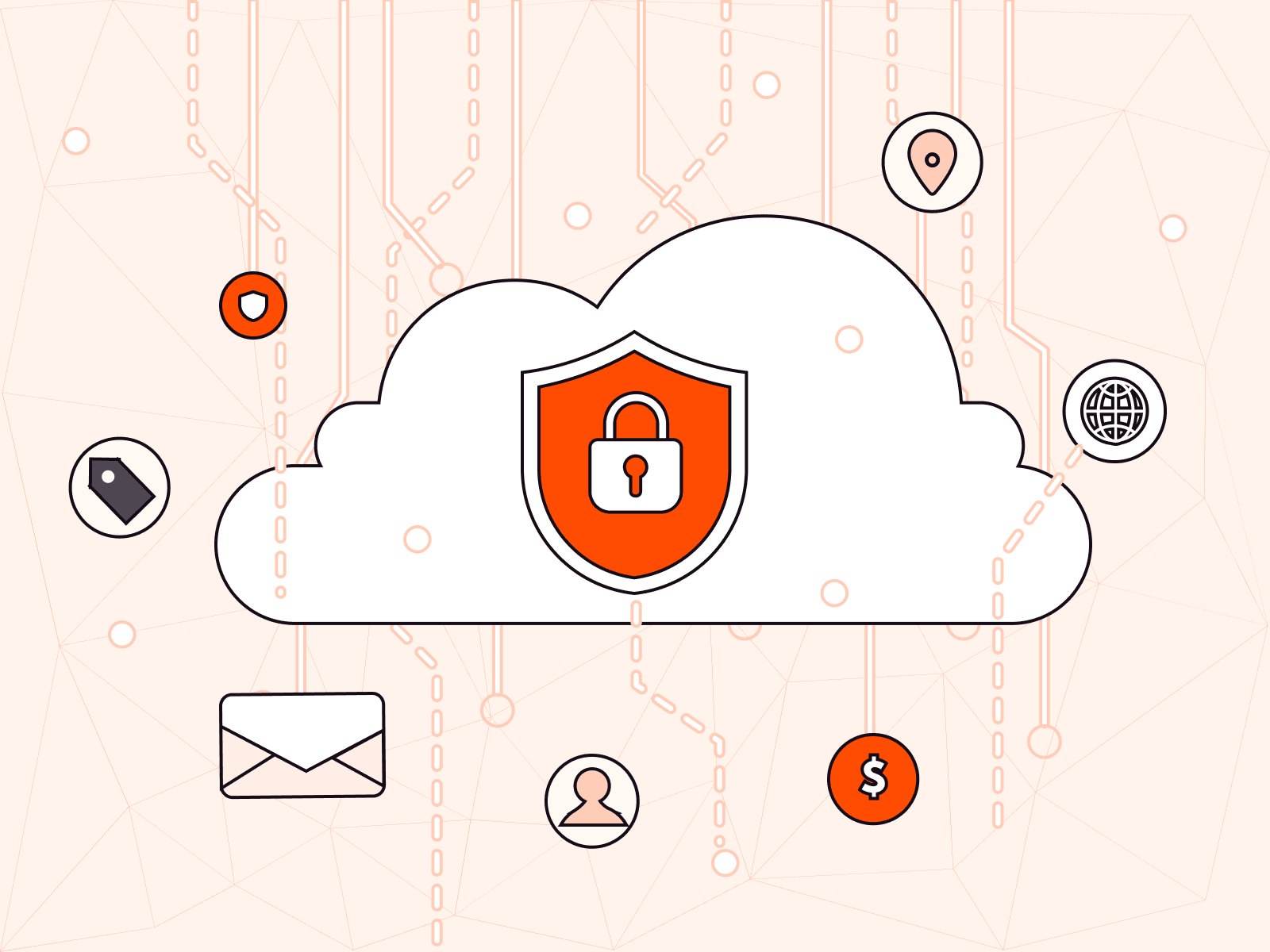10 cybersecurity trends set to shape 2025
- December 13, 2024
- 6 min read

The 2025 cybersecurity landscape is increasingly complex, driven by sophisticated cyber threats, increased regulation, and rapidly evolving technology. In 2025, organizations will be challenged with protecting sensitive information for their customers while continuing to provide seamless and easy user experiences. Here’s a closer look at ten emerging challenges and threats set to shape the coming year.
1. The rise of zero-day vulnerabilities
Zero-day vulnerabilities are still one of the major threats in cybersecurity. By definition, these faults remain unknown to software vendors and the larger security community, thus leaving systems exposed until a fix can be developed. Attackers are using zero-day exploits frequently and effectively, affecting even major companies, hence the need for proactive measures.
Advanced threat actors use zero-day attacks to achieve goals including espionage and financial crimes. Organizations should try to mitigate risks by continuous monitoring and advanced detection systems through behavioral identification of exploit attempts. Beyond detection, sharing threat intelligence across industries about emerging zero-days has become paramount for staying ahead of adversaries. Addressing zero-day threats requires response agility to be balanced with prevention through secure software coding, patching, and updating.
2. AI as a weapon for attackers
The dual-use nature of AI has created a great deal of risk to organizations as cybercriminals increasingly harness the power of AI to perpetrate highly sophisticated attacks. AI-powered malware can change its behavior in real time. This means it can evade traditional methods of detection and find and exploit vulnerabilities with uncanny precision. Automated reconnaissance tools let attackers compile granular intelligence about systems, employees, and defenses of a target at unprecedented scale and speed. AI use also reduces the planning time for an attack.
For example, AI-generated phishing campaigns use advanced natural language processing for crafting extremely personal and convincing emails to increase the chances of successful breaches. Deepfake technology adds a layer of complexity by allowing attackers to impersonate executives or employees with convincing audio and video for financial fraud or reputational damage.
Traditional security mechanisms may fail to detect and respond to the adaptive and dynamic nature of AI-driven attacks, leaving organizations open to significant operational and financial impacts. To stay secure in the face of AI threats, organizations should look to AI-enhanced security solutions.
3. AI as the backbone of modern cybersecurity
Artificial intelligence is rapidly becoming a mainstay in cybersecurity. From handling and processing large volumes of data to detecting even minute anomalies and predicting further threats, AI is taking the fight against cybercrime to new levels of effectiveness. It’s likely that in 2025, AI will become integral in all aspects of cybersecurity, from threat detection and incident response to strategy formulation.
AI systems are particularly good at parsing complex datasets to uncover patterns and recognize vulnerabilities that might otherwise go unnoticed. They also excel in performing routine checks, freeing human security teams to focus on more difficult and creative security tasks—and removing the risk of human error or oversight in routine, manual work.
4. The growing complexity of data privacy
Integrating regional and local data privacy regulations such as GDPR and CCPA into the cybersecurity strategy is no longer optional. Companies need to look out for regulations that will become legally binding for the first time in 2025, such as the EU’s AI Act. In 2025, regulators will continue to impose stricter guidelines related to data encryption and incident reporting, including in the realm of AI, showing rising concerns about online data misuse.
Decentralized security models, such as blockchain, are being considered by some companies to reduce single points of failure. Such systems offer enhanced transparency to users and allow them much more control over their data. When combined with a zero-trust approach that can process requests, these strategies help harden both privacy and security.
5. Challenges in user verification
Verifying user identities has become more challenging as browsers enforce stricter privacy controls and attackers develop more sophisticated bots. Modern browsers are designed to protect user privacy by limiting the amount of personal information websites can access, such as location, device details, or browsing history. This makes it harder for websites to determine whether a user is legitimate or malicious. Meanwhile, attackers create bots that behave like real users by mimicking human actions such as typing, clicking, or scrolling, making them difficult to detect using standard security methods.
Although AI has added an additional layer of complexity to user verification, WAAP security is among the most reliable methods to identify these bots. These systems analyze user behavior, history, and context in real time to enable businesses to adapt security measures with minimal disruption of legitimate users.
6. The increasing importance of supply chain security
Supply chain security breaches are indeed on the rise, with attackers exploiting vulnerabilities in third-party vendors to infiltrate larger networks. Monitoring of these third-party relationships is often insufficient. Most companies do not know all the third parties that handle their data and personally identifiable information (PII) and almost all companies are connected to at least one third-party vendor that has experienced a breach. This lack of oversight poses significant risks, as supply chain attacks can have cascading effects across industries.
Unsurprisingly, even prominent organizations fall victim to attacks via their suppliers’ vulnerabilities. For example, in a recent attack on Ford, attackers exploited the company’s supply chain to insert malicious code into Ford’s systems, creating a backdoor that the attackers could use to expose sensitive customer data.
In 2025, organizations will need to prioritize investing in solutions that can vet and monitor their supply chain. AI-driven and transparency-focused solutions can help identify vulnerabilities in even the most complex supply chains. Organizations should also examine SLAs to select suppliers that maintain strict security protocols themselves, with the inclusion of comprehensive DDoS protection solutions, thereby creating ripples of improved security further down the ecosystem.
7. Balancing security and user experience
One of the biggest challenges in cybersecurity is finding a balance between tight security and smooth usability. Overly strict security measures may irritate legitimate users, while lax controls invite the bad guys in. In 2025, as the cyberthreat landscape becomes more sophisticated than ever before, businesses will have to navigate that tension with even greater precision.
Context-aware access management systems offer a way forward. These systems take into account user behavior, location, and device type to make intelligent, risk-based decisions about access control.
8. Cloud security and misconfiguration risks
As organizations continue to move their services toward the cloud, new risks will emerge. Some of the most frequent reasons for data breaches have to do with misconfigurations of cloud environments: missing access controls, storage buckets that are not secured, or inefficient implementation of security policies.
Cloud computing’s benefits need to be balanced by close monitoring and secure configurations in order to prevent the exposure of sensitive data. This requires an organization-wide cloud security strategy: continuous auditing, proper identity and access management, and automation of tools and processes to detect misconfigurations before they become security incidents. Teams will need to be educated on best practices in cloud security and shared responsibility models to mitigate these risks.
9. The threat of insider attacks
Insider threats are expected to intensify in 2025 due to the continued rise of remote work, AI-powered social engineering, and evolving data privacy concerns. Remote work environments expand the attack surface, making it easier for malicious insiders or negligent employees to expose sensitive data or create access points for external attackers.
AI-driven attacks, such as deepfake impersonations and convincing phishing scams, are also likely to become more prevalent, making insider threats harder to detect. The widespread adoption of AI tools also raises concerns about employees inadvertently sharing sensitive data.
To mitigate these risks, companies should adopt a multi-layered cybersecurity approach. Implementing zero-trust security models, which assume no entity is inherently trustworthy, can help secure access points and reduce vulnerabilities. Continuous monitoring, advanced threat detection systems, and regular employee training on recognizing social engineering tactics are essential. Organizations must also enforce strict controls over AI tool usage to keep sensitive information protected while maximizing productivity.
10. Securing the edge in a decentralized world
With edge computing, IT infrastructure processes information closer to the end user, reducing latency times significantly and increasing real-time capability. Edge enables innovations such as IoT, autonomous vehicles, and smart cities—major trends for 2025.
But decentralization increases security risk. Many edge devices are out of the scope of centralized security perimeters and may have weak protections, thus becoming the main target for an attacker who tries to leverage vulnerable points in a distributed network.
Such environments require protection based on multidimensional thinking. AI-powered monitoring systems analyze data in real time and raise flags on suspicious activity before they are exploited. Automated threat detection and response tools allow an organization to take instant measures in a timely manner and minimize the chances of a breach. Web app and API protection from edge-native companies like Gcore can secure edge devices with robust encryption and anomaly detection while ensuring high performance for legitimate users.
Shaping a secure future with Gcore
The trends shaping 2025 show the importance of adopting forward-thinking strategies to address evolving threats. From zero-day attacks and automated cybercrime to data privacy and edge computing, the cybersecurity landscape demands increasingly innovative solutions.
Gcore Edge Security is uniquely positioned to help businesses navigate these challenges. By leveraging AI for advanced threat detection, automating compliance processes, and securing edge environments, Gcore empowers organizations to build resilience and maintain trust in an increasingly complex digital world. As the nature of cyber threats becomes more sophisticated, proactive, integrated Gcore DDoS protection and WAAP security defenses can help your business stay ahead of emerging threats.
Related articles
Subscribe to our newsletter
Get the latest industry trends, exclusive insights, and Gcore updates delivered straight to your inbox.

